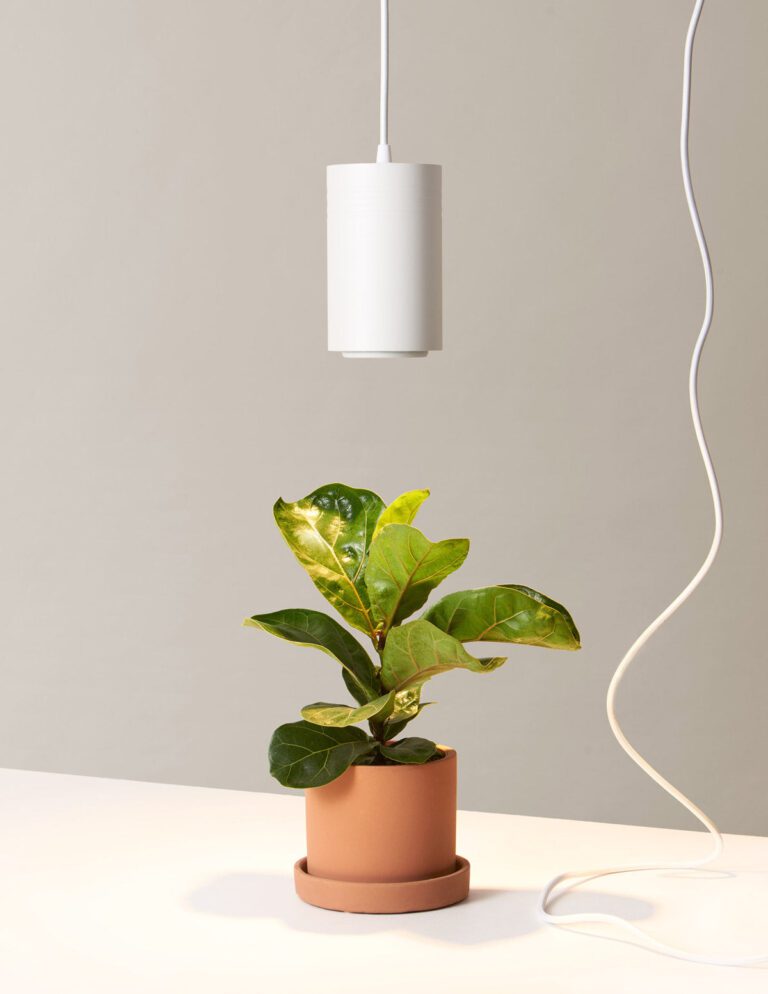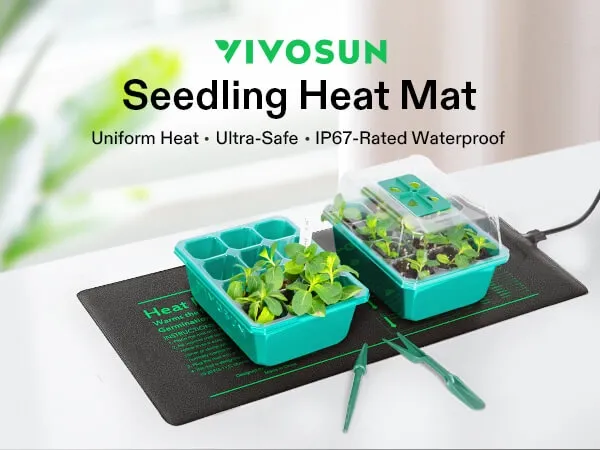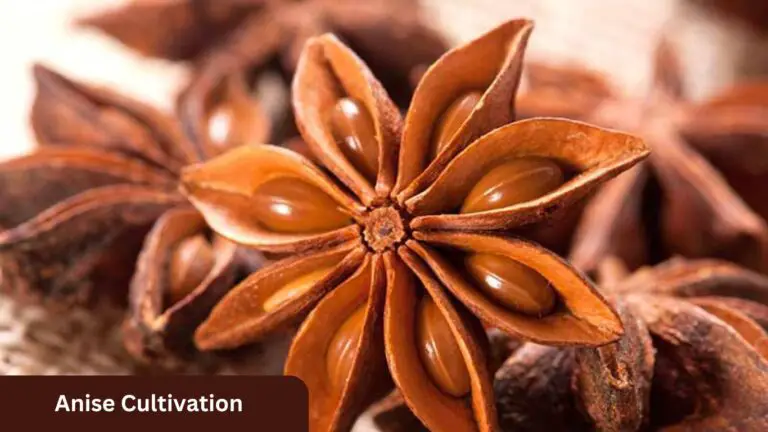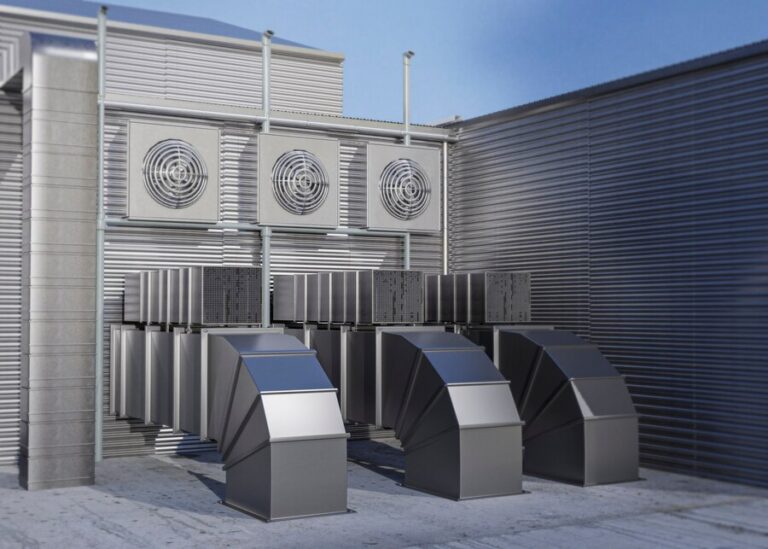Types of Tomatoes and Their Characteristics
Table of Contents
Texture and Consistency: Understand how the texture and consistency of tomatoes vary, such as juicy and fleshy or firm and crisp.
Tomatoes are a remarkably versatile fruit, offering a wide range of textures and consistencies that can elevate any culinary dish. One common variation in texture is the difference between juicy and fleshy tomatoes versus those that are firm and crisp. Juicy and fleshy tomatoes, such as the Beefsteak variety, are characterized by their high water content and soft, pulpy flesh. They burst with a refreshing juiciness when bitten into and are often used in salads, sandwiches, and salsas. On the other hand, firm and crisp tomatoes, like the Roma variety, have a denser flesh that lends itself well to slicing and cooking. Their firmness allows them to hold their shape, making them ideal for canning, sauces, and roasting.
In addition to these variations in texture, tomatoes also differ in their overall consistency. Some tomatoes, such as the Cherry tomatoes, are small and bite-sized, offering a burst of flavor in a single bite. These miniature fruits are perfect for snacking or adding to salads. Other varieties, like the Beefsteak or Brandywine tomatoes, are larger and have a meatier consistency. They have a thicker flesh that can withstand grilling or baking without losing their shape or flavor. Whether you prefer the satisfying crunch of a firm tomato or the juicy tenderness of a fleshy one, there’s a tomato variety to suit every preference and culinary endeavor.
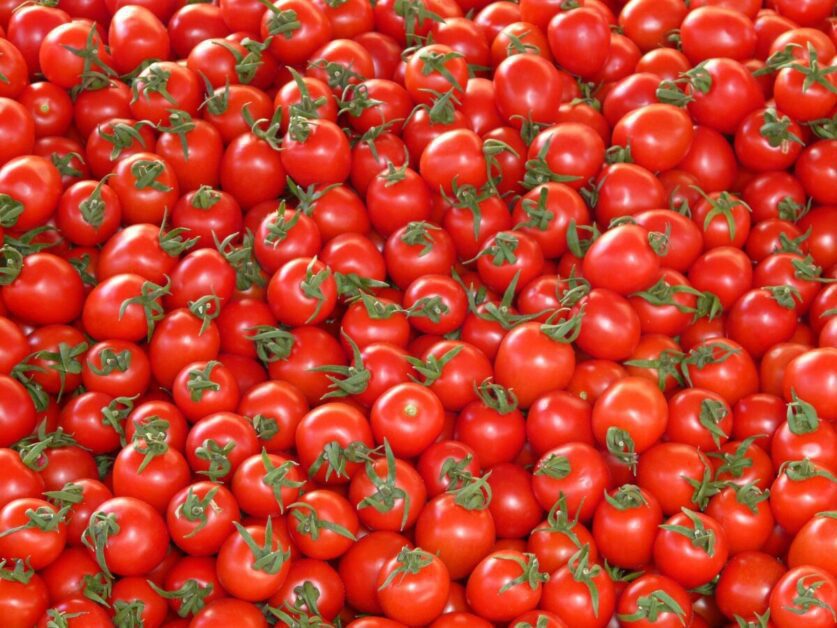
Growing Conditions: Explore how different types of tomatoes thrive in various growing conditions, including soil types, sunlight exposure, and temperature ranges.
Different types of tomatoes have unique preferences when it comes to growing conditions, including soil types, sunlight exposure, and temperature ranges. These factors play a crucial role in ensuring optimal growth and fruit production. Understanding these requirements can help gardeners cultivate healthier and more productive tomato plants.
When it comes to soil types, tomatoes generally thrive in well-draining soil that is rich in organic matter. Sandy loam or loamy soil with a pH level between 6.0 and 6.8 is considered ideal for tomato cultivation. This type of soil allows for sufficient water retention while also providing adequate drainage, preventing waterlogged roots. Gardeners can improve soil conditions by incorporating compost or well-rotted manure before planting tomatoes.
In terms of sunlight exposure, tomatoes are sun lovers and require a minimum of 6 to 8 hours of direct sunlight each day for optimal growth. Place tomato plants in areas with maximum sun exposure, such as south-facing locations, to ensure they receive adequate sunlight. Insufficient sunlight can lead to weaker plants, delayed maturity, and decreased fruit production. Additionally, it is important to keep in mind that tomatoes grown in cool climates may benefit from being planted against a warm wall or using protective coverings, such as cloches, to create a microclimate that promotes growth and ripening.
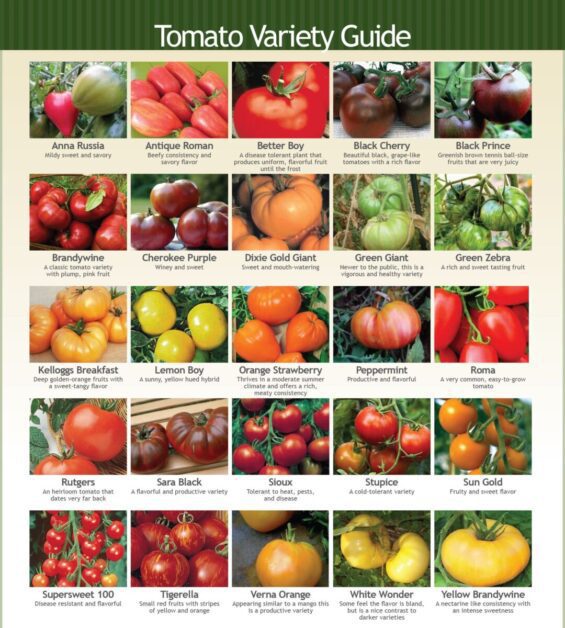
Disease Resistance: Learn about tomato varieties that have developed resistance to common diseases, allowing for more successful cultivation.
Tomatoes are known for their susceptibility to various diseases, which can significantly impact their growth and yield. However, through careful breeding and genetic selection, certain tomato varieties have developed resistance to common diseases, making them more resilient and suitable for successful cultivation.
One example is the “Defiant” variety, which exhibits resistance to multiple diseases, including late blight and tomato mosaic virus. This disease-resistant trait allows the Defiant tomato plants to withstand infection and continue to produce healthy fruits. Another disease-resistant variety is the “Iron Lady,” known for its resistance to fusarium wilt, a devastating soil-borne disease that affects tomato plants. By cultivating such disease-resistant tomato varieties, gardeners can minimize the risk of crop loss and ensure a bountiful harvest.
These disease-resistant tomato varieties offer numerous advantages. Firstly, they reduce the need for chemical pesticides, as the plants already possess inherent resistance. This is especially beneficial for organic gardeners who aim to maintain environmentally friendly cultivation practices. Secondly, disease-resistant tomatoes promote sustainable agriculture by reducing the reliance on synthetic inputs and improving overall crop health. Lastly, these resistant varieties provide peace of mind for gardeners, knowing that their tomato plants have a better chance of surviving and thriving in potentially disease-prone environments.
As continuing research and breeding efforts focus on developing more disease-resistant varieties, gardeners have an expanding selection to choose from. By incorporating these varieties into their gardens, they can increase their chances of achieving successful tomato cultivation while reducing the impact of diseases. With improvements in disease resistance, tomato enthusiasts can look forward to more robust and reliable harvests, ultimately enhancing the pleasure of growing and enjoying these beloved fruits.
Hybrid vs. Heirloom: Understand the difference between hybrid and heirloom tomatoes and the advantages of each.
Hybrid and heirloom tomatoes are two distinct categories within the world of tomato cultivation. Understanding the difference between these two types can help gardeners make informed decisions about which varieties to grow in their own gardens.
Hybrid tomatoes are the result of crossbreeding between two different tomato varieties. This intentional crossing is done to combine desirable traits from both parent plants, such as disease resistance, high yield, or improved flavor. The resulting hybrid plants often exhibit more uniform fruit size, shape, and color. Additionally, hybrid tomatoes are known for their increased vigor and productivity, making them an attractive choice for gardeners seeking a bountiful harvest.
On the other hand, heirloom tomatoes are open-pollinated varieties that have been passed down through generations, typically for at least 50 years. These tomatoes are valued for their unique flavors, diverse array of colors, and interesting shapes. Heirloom tomatoes often have a deeper connection to history and culture, as they have been cherished by gardeners and food enthusiasts for decades. While they may not possess the same disease resistance or high yields as hybrid varieties, heirlooms can offer an unparalleled taste experience and serve as a reminder of the rich heritage of tomato cultivation.
Each type of tomato has its own set of advantages and considerations, making the choice between hybrid and heirloom a matter of personal preference and gardening goals. Whether you prioritize disease resistance and productivity or crave the exceptional flavors and historical significance of heirlooms, both hybrid and heirloom tomatoes have their place in the diverse world of tomato cultivation.
Certainly! Let’s delve into the differences between hybrid and heirloom tomatoes, along with their respective advantages:
| Characteristic | Hybrid Tomatoes | Heirloom Tomatoes |
|---|---|---|
| Origin | Created by cross-pollination between different tomato varieties. | Grown from non-hybridized, age-old seed stock. |
| Advantages | – Consistency: Uniform in size and appearance. <br> – Improved Disease Resistance: Better ability to withstand pests and diseases. <br> – Higher Yield: Produce more fruit per plant. | – Flavor Diversity: Offer a wide range of flavors, from sweet to tangy. <br> – Historical Charm: Reflect cultural heritage and time-tested genetics. <br> – Unique Appearance: Come in various shapes, colors, and sizes. |
| Limitations | – Less Flavorful: Not as tasty as heirlooms. <br> – Genetically Unstable: May not produce consistent offspring. | – Care-Intensive: Require attention and care. <br> – Shorter Shelf-Life: Don’t last as long after harvest. <br> – Unusual Shapes: May not conform to standard tomato appearance. |
Ultimately, the choice between hybrid and heirloom tomatoes depends on your preferences. If you prioritize consistency and disease resistance, hybrids are a good pick.
Determinate vs. Indeterminate: Discover the characteristics of determinate and indeterminate tomato plants and how they affect growth and fruit production.
When it comes to growing tomatoes, understanding the difference between determinate and indeterminate varieties is crucial. Determinate tomato plants have a predetermined size and growth pattern. They tend to be more compact, reaching a specific height and producing fruit within a defined period. This characteristic makes determinate tomatoes ideal for container gardening or smaller spaces where vertical growth is limited. On the other hand, indeterminate tomatoes are known for their sprawling growth habits, continuing to grow and produce fruit throughout the growing season. These plants can become quite large, requiring staking or trellising to support their vigorous growth.
The growth patterns of determinate and indeterminate tomato plants also impact their fruit production. Determinate varieties have a concentrated fruit set, which means they tend to produce most of their crop at once. This can be advantageous for gardeners who want a significant harvest for canning or preserving. Indeterminate varieties, on the other hand, produce fruit over a more extended period, allowing for a prolonged harvest season. This characteristic is particularly beneficial for those who enjoy a steady supply of fresh tomatoes throughout the summer. Understanding these differences in growth and fruit production allows gardeners to choose the most suitable variety for their specific needs and gardening space.
Certainly! Let’s explore the differences between determinate and indeterminate tomato plants and how they impact growth and fruit production:
| Characteristic | Determinate Tomatoes | Indeterminate Tomatoes |
|---|---|---|
| Growth Habit | Generally stockier and less aggressive. After initial vertical growth, they stop around 3 to 4 feet tall and focus on side shoots and fruits. | Large plants with long, pliable branches that continue growing throughout the summer. |
| Fruiting Stage | Shorter fruiting window, often producing fruits for about a month before completing their cycle. | Produce fruit longer into the season, potentially providing tomatoes well into autumn. |
| Yield | Can still yield a lot of fruit within their brief window of production. Many early-producing varieties fall into this category. | Yield fruit continuously, allowing for a steady harvest over an extended period. |
| Support Needs | May require less support due to their modest stature. However, some form of stake, trellis, or cage is still recommended. | Benefit from support structures due to their potential height and the weight of fruit. Vertical training improves fruit quality and yield. |
| Garden Space | Die earlier in the season, freeing up space for new plantings. | Continue growing, so garden space remains occupied. |
| Pruning | Less frequent pruning needed. | Require more pruning of sucker shoots. The main stem keeps growing throughout the season. |
Remember that determinate tomatoes are like sprinters, providing a burst of fruit all at once, while indeterminate tomatoes are marathon runners, steadily producing fruit until frost arrives.
Culinary Uses: Explore the versatility of tomatoes in various culinary dishes, from salads and sauces
Tomatoes are undoubtedly one of the most versatile ingredients in any kitchen, capable of bringing a burst of tangy flavor to a wide range of culinary delights. From vibrant salads to rich sauces, the possibilities are nearly endless. The natural acidity and sweetness of tomatoes make them an excellent addition to refreshing salads, providing a juicy and refreshing element that complements a medley of greens and other vegetables. Whether diced, sliced, or left whole, tomatoes can add vibrant color and a burst of flavor to any salad, turning a simple bowl of greens into a memorable dish.
When it comes to sauces, tomatoes are a staple ingredient that forms the foundation of countless recipes. The rich, savory flavor and robust texture of tomatoes lend themselves well to thick, luscious tomato sauces that serve as the base for pasta dishes, stews, and soups. From classic marinara to hearty Bolognese, the versatility of tomatoes allows them to be transformed into a host of different sauces, each with its own unique taste profile. The natural acidity of tomatoes also helps to balance out and enhance the flavors of other ingredients, resulting in a harmonious and well-rounded dish.
For better understanding watch the below video.
What are some examples of salad dishes that incorporate tomatoes?
Some examples of salad dishes that incorporate tomatoes include Caprese salad, Greek salad, and tomato and avocado salad.
Which tomato varieties are best suited for sauce-making?
Tomato varieties that are best suited for sauce-making include Roma tomatoes, San Marzano tomatoes, and Amish Paste tomatoes.
Can you provide some tips for growing tomatoes in different soil types?
Yes, here are some tips for growing tomatoes in different soil types:
– In clay soil, add organic matter such as compost to improve drainage.
– In sandy soil, adding compost or well-rotted manure can help improve moisture retention.
– In loamy soil, which is considered ideal for tomatoes, ensure that the soil is well-drained and rich in organic matter.
What are some common diseases that tomatoes can develop resistance to?
Some common diseases that tomatoes can develop resistance to include early blight, late blight, powdery mildew, and tomato mosaic virus.
What are the advantages of hybrid tomatoes?
The advantages of hybrid tomatoes include higher disease resistance, better uniformity in size and shape, and increased yield potential.
What are the advantages of heirloom tomatoes?
The advantages of heirloom tomatoes include superior flavor and taste, unique and diverse varieties, and the ability to save seeds for future planting.
How does the growth of determinate tomato plants differ from indeterminate plants?
Determinate tomato plants grow to a fixed height and produce fruit all at once, making them ideal for compact gardens or container planting. Indeterminate tomato plants, on the other hand, continue to grow and produce fruit throughout the growing season.
Can you suggest some culinary dishes other than salads and sauces where tomatoes are often used?
Yes, tomatoes are commonly used in dishes such as pasta sauces, pizzas, salsas, bruschetta, and tomato-based soups like gazpacho.

Nicole Burke is a dynamic writer at SouthElMonteHydroponics, fueled by her passion for horticulture and environmental sustainability. Armed with a degree in Environmental Science from a renowned institution, Nicole’s expertise lies in hydroponic gardening, organic farming, and biodiversity conservation. Her insatiable curiosity and love for nature drive her to explore innovative techniques in hydroponics, seeking to revolutionize the way we grow crops in urban environments. Nicole’s writing reflects her deep commitment to promoting eco-conscious practices and fostering a deeper connection between humans and the natural world. Through her engaging storytelling, she inspires others to embrace sustainable living and harness the power of hydroponics for a greener future.


